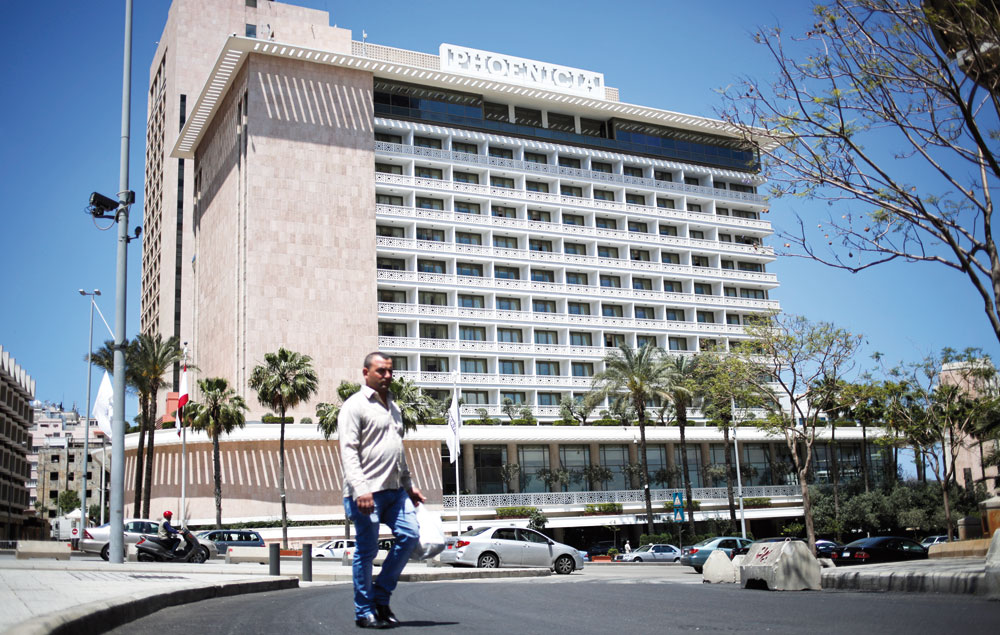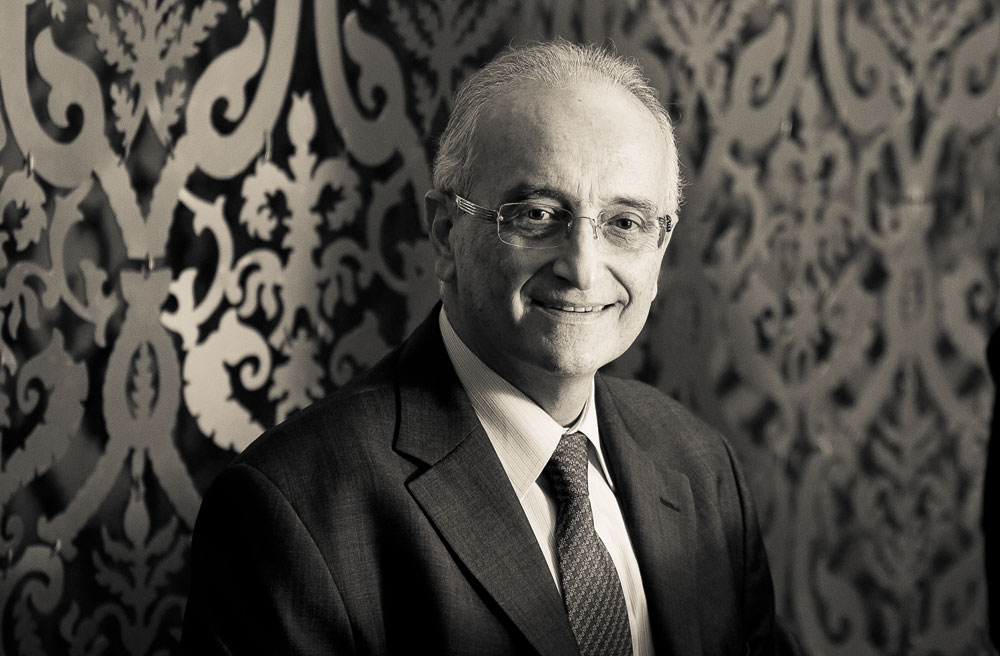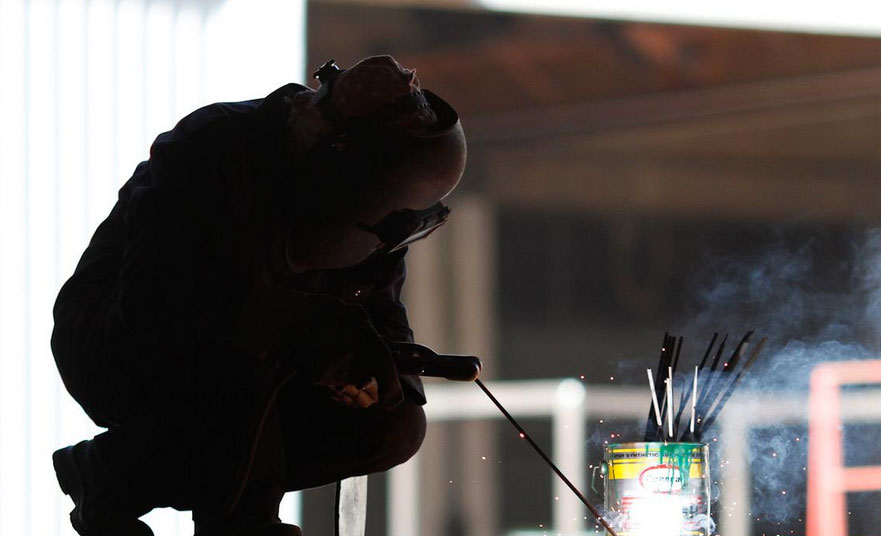Walking up and down Gezi Park, you see them everywhere: young, beautiful and rebelling. They are the new Turkish middle-class —demanding more individual rights, less government intervention in local politics and the right to public space.
It is now common knowledge that the government crackdown on a protest at the park was the spark that lit a gas field of anger. The demonstrations raging from Taksim to Besiktas and the protesters barricading streets and chanting slogans against authoritarianism are a testament to a new generation that has come to claim their right to be heard. Yet the extent to which these protests will transform Turkish society remains unclear.
The protests were initially against the Justice and Development Party’s (AKP) urban transformation projects in the Taksim area, which have already claimed many historical treasures in the Beyoglu area including old theaters and cafes.
What started as a small sit-in developed quickly due to lingering frustrations, largely over increasing authoritarian trends in the country. Among the causes of the discontent is Prime Minister Recep Tayyip Erdogan’s push for a new constitution that would give the presidency more power over parliament. This would enable Erdogan to avoid constitutional limits on his term as prime minister by instead running for president.
Related article: Turkey's redeeming value
Furthermore, the AKP is perceived to have drifted away from liberalism. The attempt to criminalize adultery in 2004, in addition to recently banning the sale of alcohol from 10:00 pm to 6:00 a.m, are cited by opposition members as evidence of Islamist tendencies. Meanwhile, the state’s repression of the media is striking. Turkey has the highest number of jailed journalists in the world, with Kurdish journalists among the most frequently targeted.
Economically, too, the neo-liberal policies Erdogan’s governments have pursued have increased anger in some sections of the population. Despite the economic growth of recent years, Turkey has stubbornly high income inequality. Gentrification policies are moving thousands from poor neighborhoods to government construction projects outside the main metropolitan areas, seriously changing the social fabric of the country.
Not yet a revolution
But while hostilities towards Erdogan and the ruling elite exist, the extent to which the protesters are calling for fundamental change varies. Those on the streets are a temporary coalition brought together from a mosaic of groups: ultra-nationalists, leftists, unionists, Kurdish groups and gay rights activists.
The core of the initial movement, a group of activists in a platform called Mustereklerimiz, (“Our commons” in Turkish), is part of the Taksim Platform — a civil initiative to protect Gezi Park from being turned into a shopping center. Mustereklerimiz, a predominantly middle-class mixture of students, artists and neo-leftists, has been campaigning against the government’s decision to destroy one of the last green spaces in Istanbul for the past four months.
But as protests have grown rapidly in recent days, Mustereklerimiz has been joined by a series of other groups — many of whom it has little in common with. The ultranationalist groups and the traditional communist left share similar authoritarian streaks with the AKP. A fascination with a strong state and a top-down approach contrasts with the horizontal organization of Mustereklerimiz.
The schisms are noticeable at protests — with a battle of slogans common. Nationalist groups lift banners saying “we are [Turkey’s first post-independence president] Kemal Ataturk’s soldiers”, while progressives respond with “we are soldiers for no one”. In fact clashes between demonstrators have erupted numerous times in recent days — including when a Kurdish demonstrator raised a flag of jailed Kurdish leader Abdullah Öcalan.
On the issue of Kurds, the lack of wider Kurdish support has also somewhat undermined the movement. The recent rapprochement between AKP and Öcalan has somewhat neutralized the Kurds — historically the strongest opposition block to the ruling party. So while there have been individual Kurds backing the protests, Kurdish political leaders have chosen not to do so. The Taksim movement has to attract the Kurds in, but by doing that it runs the risk of losing the nationalist forces that form a big part of the movement.
So far, demonstrations in Turkey do not yet constitute a revolution and should not be seen through the lens of the “Arab Spring”. The Arab revolutions were a social upheaval that brought sectors of Arab poor — albeit briefly — to the forefront of their societies. They were more radical uprisings that demanded the reformulation of political institutions, whereas Turkish protestors demand the downfall of the current government but not the modus operandi. Although severely challenged, the AKP still holds enough of a national consensus to rule, and is unlikely to step down anytime soon.
Can these disparate groups develop into a consolidated political force? If these various ‘oppositions’ are able to agree on a platform they could be successful in staging an alternative. But so far, these demonstrations are less about fundamental change and more about restating democratic rights. Those on the streets are telling those in power that democracy cannot be reduced to the ballot box only – that democracy is weak and fragile when it lacks a strong independent media, local participatory governance and strong checks on the executive.
Whether these groups can form a common position and grow to become a bigger movement is yet to be seen. Erdogan’s image has been hurt and his political standing has been shaken, but at least for the time being he remains the only option in town.



![Friday[11][18]](https://www.executive-magazine.com/wp-content/uploads/2014/01/Friday1118.jpg)








![Wednesday[33]](https://www.executive-magazine.com/wp-content/uploads/2014/01/Wednesday33.jpg)

